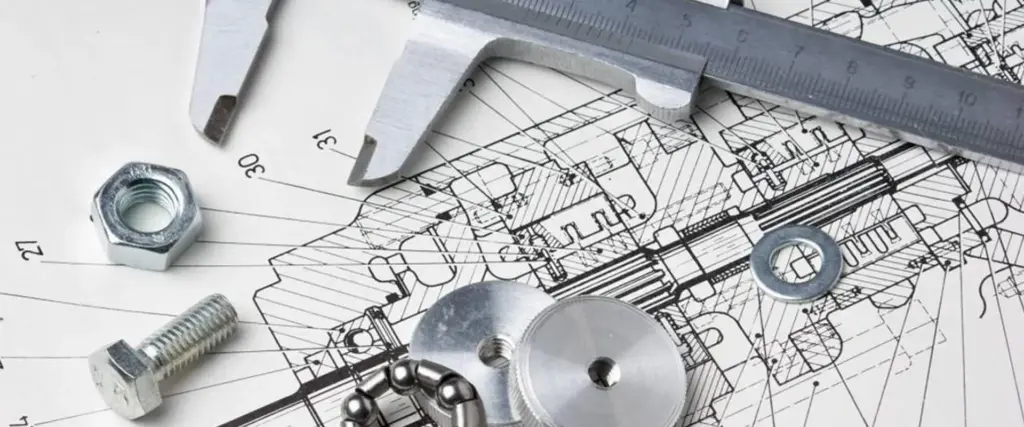Although laser cutting technology plays an important role in the manufacturing industry, its process will produce some pollutants, including smoke, gas and waste. Effectively dealing with these pollutants and protecting the production environment and workers’ health is an important issue facing modern manufacturing. The following are the treatment methods and strategies for the main pollutants in the laser cutting process:
Main pollutants of laser cutting
Smoke: Tiny particles formed after the material is vaporized or melted during the cutting process are usually called smoke. These particles are suspended in the air and will have an impact on the environment and workers’ health.
Harmful gases: Some harmful gases such as carbon dioxide (CO2), carbon monoxide (CO), nitrogen oxides (NOx) and volatile organic compounds (VOCs) are produced during laser cutting.
Waste: Laser cutting will produce some solid waste, such as cutting residues, slag, etc.
Smoke treatment
Dust collection equipment: Install high-efficiency dust collection equipment in the cutting area, and collect and filter the smoke generated during the cutting process through fans and filtration systems. Commonly used dust collection equipment includes bag dust collectors, electrostatic dust collectors and cyclone dust collectors.
Smoke purifier: A smoke purifier can be installed on the laser cutting machine to specifically deal with the smoke generated during the cutting process. Smoke purifiers are usually equipped with a multi-layer filtration system, including a pre-filter, a HEPA filter, and an activated carbon filter, which can efficiently capture and purify smoke.
Local exhaust system: A local exhaust system is installed at the cutting station to directly absorb the smoke through the local exhaust hood to reduce its spread in the working area.
Harmful gas treatment
Ventilation system: Install a good ventilation system in the laser cutting workshop to ensure air circulation in the workshop, exhaust harmful gases in time, and reduce their concentration.
Activated carbon adsorption: Activated carbon has a strong adsorption capacity and can effectively remove harmful gases from the air. The combination of activated carbon adsorption devices with dust collection equipment or smoke purifiers can further purify the air.
Catalytic oxidation: Harmful gases are decomposed into harmless substances through catalytic oxidation devices, such as oxidizing carbon monoxide (CO) and volatile organic compounds (VOCs) into carbon dioxide (CO2) and water (H2O).
Solid waste treatment
Classification and recycling: The waste generated during the cutting process is classified and recycled. For example, metal waste can be sent to metal recycling companies for recycling; plastic waste can be sent to plastic recycling companies for treatment.
Waste recycling: Reprocess waste materials such as cutting residues and slag to make new products or materials, maximize waste recycling and reduce resource waste.
Centralized treatment of solid waste: For solid waste that cannot be recycled, it is collected and handed over to professional waste treatment companies for safe treatment to avoid pollution to the environment.
Environmental protection measures and management
Environmental monitoring: Establish a complete environmental monitoring system, regularly monitor the air quality and pollutant concentration in the workshop, and promptly detect and deal with pollution problems.
Employee training: Train employees on environmental protection knowledge and operating specifications to enhance their environmental awareness and sense of responsibility and ensure that they comply with environmental protection regulations during work.
Equipment maintenance: Regularly maintain and maintain laser cutting equipment and pollution treatment equipment to ensure their normal operation and efficient work and reduce pollutant emissions.

